[ad_1]
Aphids, beetles, cutworms, whiteflies, hornworms—pests are certainly one of many important overwhelming components of gardening. There are billions of bugs flying and crawling spherical in nature, nonetheless a few of them appear decided to destroy all of our onerous work. Whereas pests are a pure a part of the ecosystem, there are fairly a couple of methods to battle them with out harming your vegetation, soil, pollinators, or household’s correctly being.
Many people bought into gardening so we would develop our personal pure, flavorful meals. Clearly, spraying chemical pesticides compromises perhaps primarily essentially the most foundational ethics of pure rising. Furthermore, pesticides are literally very ineffective over the extended haul. Throughout the event you’re searching for sustainable, long-term pest administration that doesn’t damage your correctly being or your pockets, that is the article for you.
Let’s dig into 7 main errors to steer clear of when combating pests and what to do as a substitute.
What are the Largest Pest Administration Errors?
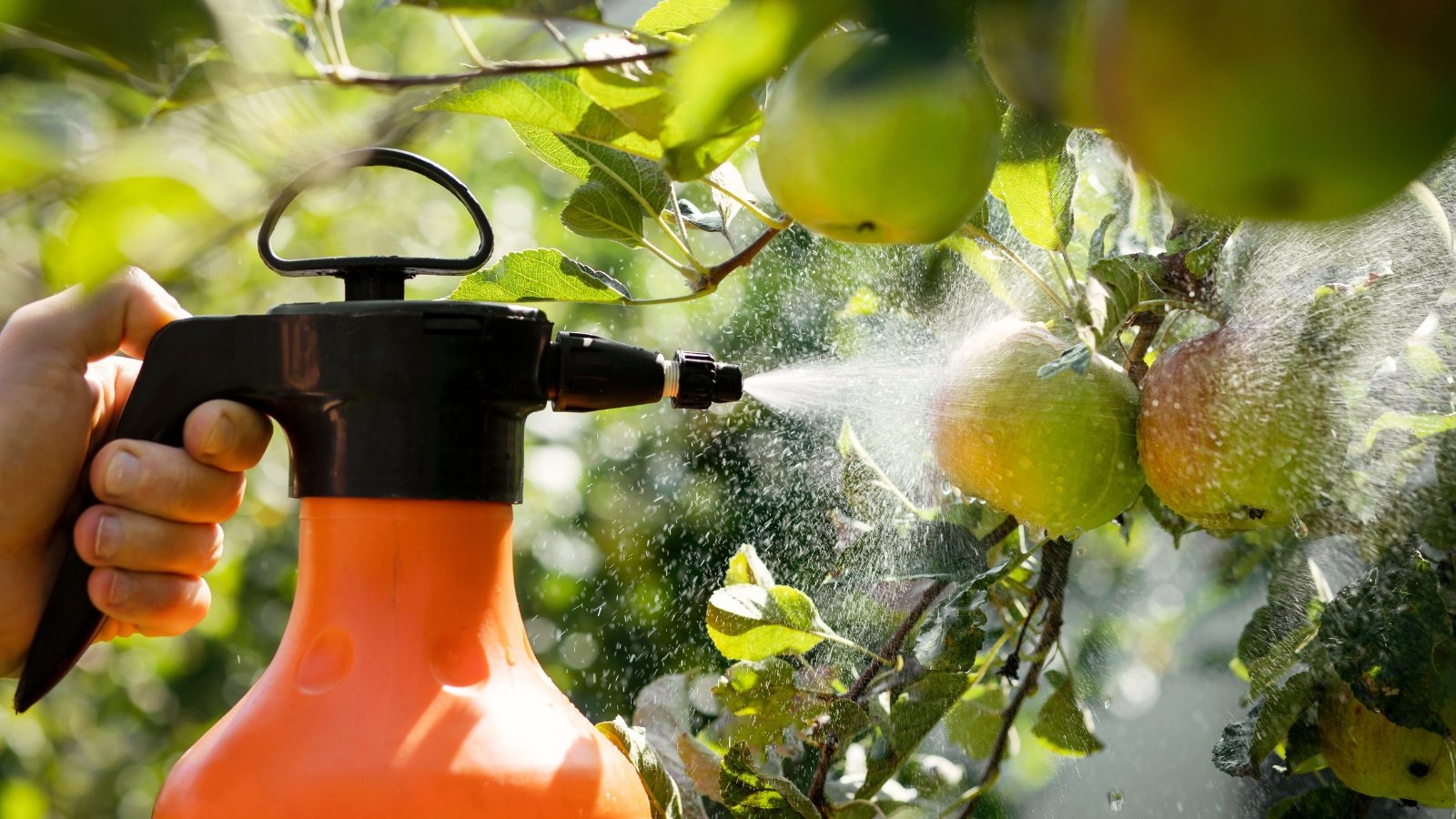

Sustainable pest administration is rooted in prevention. The largest mistake newbie growers make is utilizing a war-like, reactionary approach to pest administration. Gardening merely just isn’t a battle on bugs! It’s actually about creating stability to imitate nature, lastly yielding elevated fine quality meals with lots a lot much less outbreaks.
Throughout the event you wait till your vegetation are infested with bugs, you then positively definately spray harsh broad-spectrum pesticides, your entire ecology of the yard is disrupted. These errors injury pollinators, helpful predatory bugs, and human correctly being. An industrialized approach to pest administration actually can create a harmful loop of further pest outbreaks and chemical dependency.
Your panorama merely just isn’t a sterile, closed-loop system. It’s an ecosystem! Nature has its personal “checks and balances” to deal with insect populations. We should always all the time put ecological controls and intelligent administration methods in place to deal with pests beneath administration for the extended haul.
7 Pest Administration Errors to Keep away from
Some errors, like poor soil or seed germination elements, are pretty fast and simple to remedy. In distinction, pest administration errors can injury your yard for your entire season or longer.
Pests reproduce quickly. A single aphid can produce as lots as 80 infants per week and every feminine is born already pregnant! Infestations can enhance almost in a single day, nonetheless broad-spectrum sprays might make factors even worse after they knock out pure predators!
The excellent news is lower than 1% of all bugs are thought of pests. Most bugs you’ll encounter are helpful or neutrally innocent. The difficulty is to appropriately determine, cope with, and stability the populations of bugs to forestall injury to your crops and ornamentals.
Keep away from these errors to create a sustainable pest administration plan!
Mistake: Being Reactive (Fairly Than Proactive)
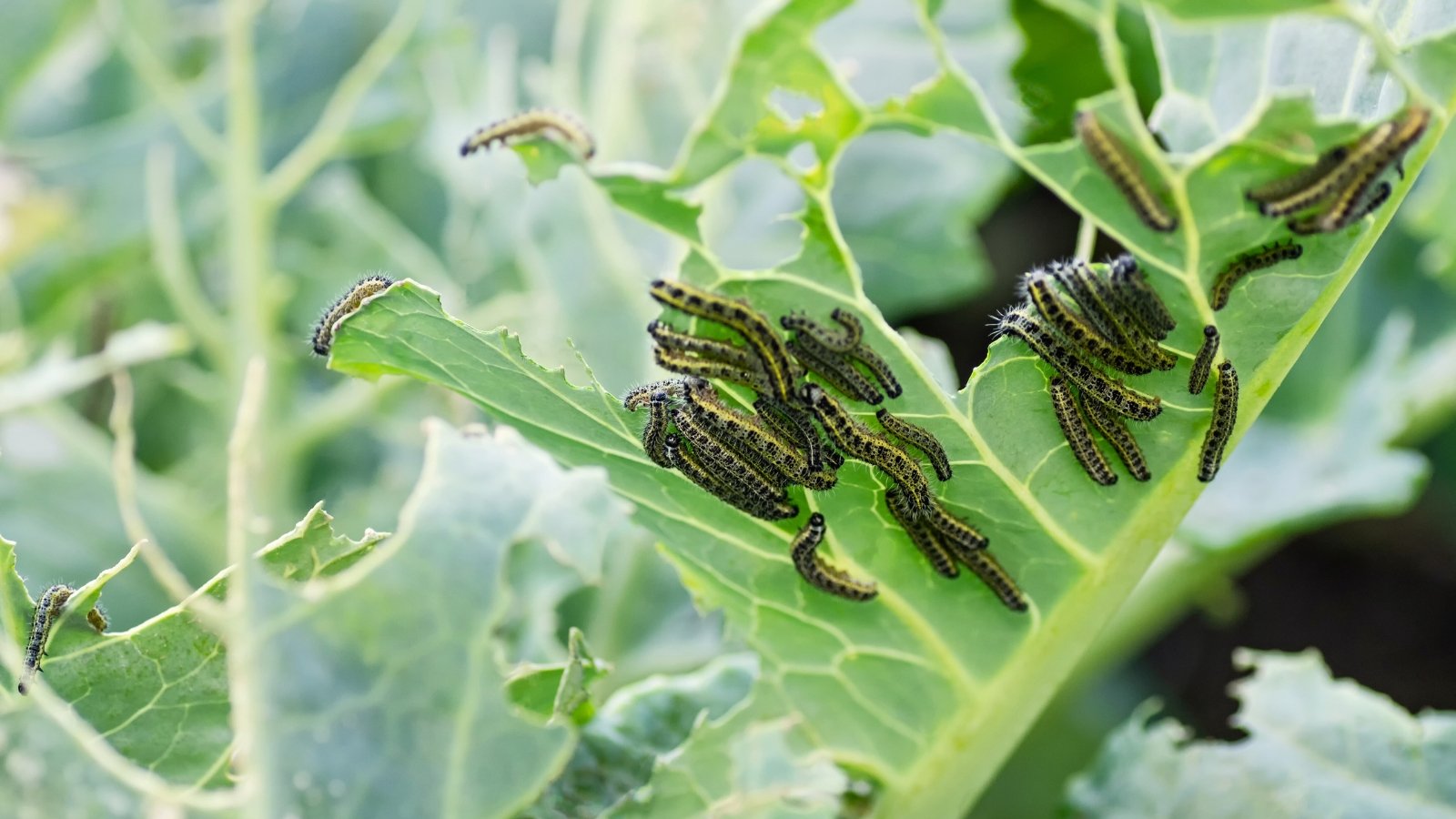

It’s bigger to proactively plan than to react. Reactionary pest administration means ready till pest infestations get out of hand, then making an attempt to deal with them with harsh sprays and chemical compounds. This knee-jerk response solely considers short-term outcomes, like killing tomato hornworms, with out bearing in mind the long-term repercussions. Reactive pest administration assumes that the yard is a closed-loop system like a machine manufacturing unit. However nature doesn’t work that approach.
In distinction, proactive pest administration entails making a plan to forestall pest factors. Your yard is an intricate ecosystem very like a rainforest. Aggressively attacking an issue all through the rainforest might seem to resolve factors all through the short-term, however it absolutely completely lastly does further injury than good.
Many gardeners suppose that pests seem out of nowhere. Usually that is the case. However as a rule, we by likelihood create circumstances for pests to thrive.
For example, broad-spectrum pesticides kill off all bugs, together with pests and their predators. The pests are faster to return and proliferate due to predatory bugs take longer to get correctly from chemical eradication. That is very like killing off your entire coyotes and mountain lions in an home, leaving the rabbits to run rampant with none predators to deal with them beneath administration.
What To Do As an alternative


Like most factors in life, pest outbreaks are preventable. Planning and prevention are significantly greater than emergency responses! We can’t administration the entire thing that occurs, nonetheless we now have an abundance of units at our disposal to extend the ultimate resilience of the yard ecosystem.
Collectively, these units are sometimes known as Constructed-in Pest Administration. They embrace:
- Frequent monitoring for pests
- Utilizing pest traps
- Attracting helpful predatory bugs
- Enhancing biocontrol (pure administration) strategies
- Planting insectaries
- Diversifying crops
- Creating ecological “checks and balances”
- Putting in bodily obstacles (like row cowl or netting)
Reactive (emergency) administration often incorporates only one instrument—SPRAY EVERYTHING! Proactive administration is sort of a complete toolbox of prevention. It’s further peaceable, non-toxic, ecological, and sustainable. It might most likely furthermore mean you can assemble up yard resilience so pest factors flip into lots a lot much less intense and fewer frequent.
Finally, avoiding the reactionary mistake is all a few mindset shift. As an alternative of considering, How can I destroy these bugs right now? It helps to suppose, How can I forestall pests from the very starting of the season and assemble long-lasting controls into my gardening technique?
Expert Tip: Begin your preventative technique by interplanting flowering vegetation to draw “good man” bugs. A few of our favourite species for pest administration embrace:
- White alyssum
- Yarrow
- Flowering dill
- Queen Anne’s lace
- Flowering thyme
- Marigolds
- Mint
- Chrysanthemums
Mistake: Leaving Infested Crops
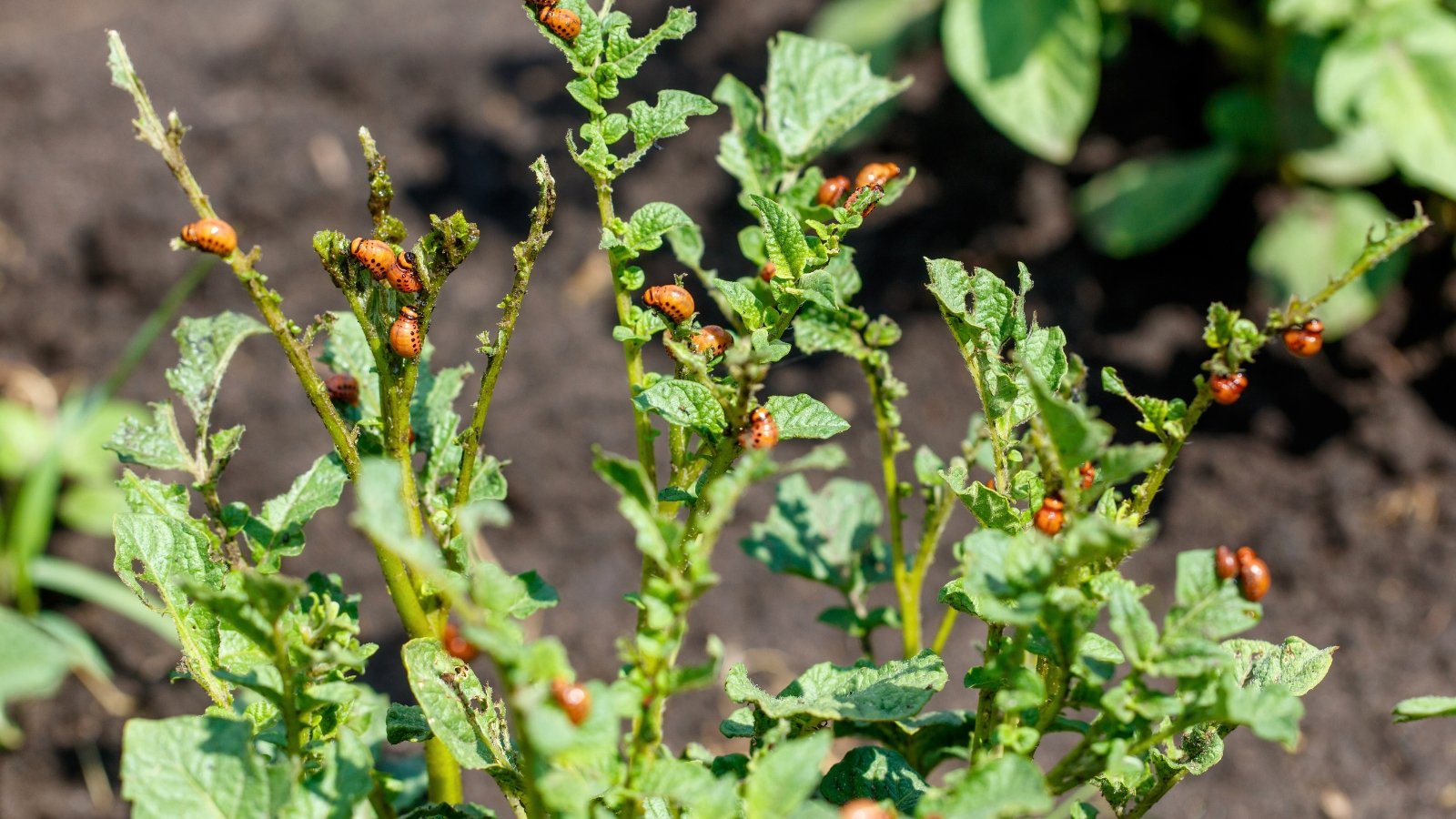

Those that spend perhaps primarily essentially the most time of their yard usually have perhaps primarily essentially the most success. Why? On account of they’re paying shut consideration to their vegetation! Throughout the event you solely go to your yard as rapidly as per week, likelihood is excessive you’ll not uncover when pests are beginning to get uncontrolled. Throughout the event you wait too extended, infested vegetation can flip into breeding meccas for bugs to multiply and unfold.
It’s a monumental mistake to depart pest-covered vegetation in your yard. As rapidly as a plant is infested to the goal of no return (ie. you can’t harvest its leaves or fruits), you need to pull it ASAP. Leaving bug-laden crops in your beds for extended durations of time solely makes pest administration harder.
What To Do As an alternative
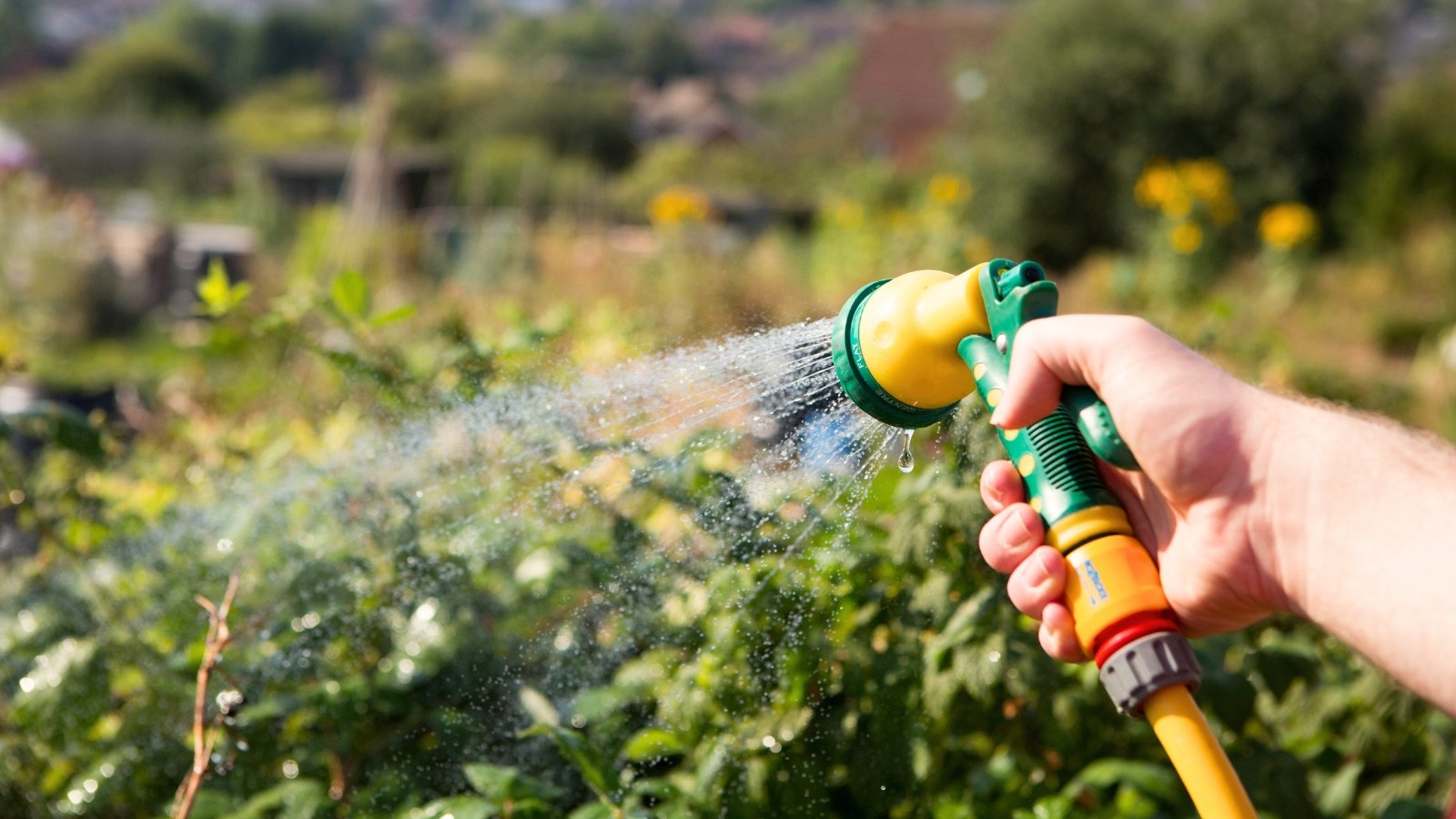

All built-in pest administration (IPM) methods utilized by professional growers embrace constructive thresholds for pest damage. For example, an pure farmer who grows greens for high-end farmer’s markets greater than probably has a really low threshold for damage. Prospects are unlikely to buy hole-filled kale or tomatoes with chunks bitten out of them.
In distinction, a house gardener might be desperate to tolerate further damage, relying on the crop. For example, you don’t want picture-perfect sauce tomatoes in case you plan to can them. You may also be OK with a couple of holes in your potato or radish leaves. Nonetheless, you nearly actually don’t need to eat Brussels sprouts full of aphids or strawberries lined in slug slime.
Setting a psychological threshold for pest damage may also help create smart expectations. Extra importantly, it lets you understand when it’s time to fold! As rapidly as a plant turns into too infested to be salvaged, it’s worthwhile to take fast motion to take away it! Lower down the infested plant and put it all through the trash or panorama waste bin to cease the unfold of bugs to the remainder of your crops.
Don’t go away pest-filled vegetation all through the panorama. All through the early phases of an infestation, you’ll be able to spray the vegetation with an pure spray or a heavy blast of water to attempt to kill the pests. Nonetheless when the plant is not going to be salvageable, take away it ASAP!
Mistake: Spraying Broad-Spectrum Pesticides
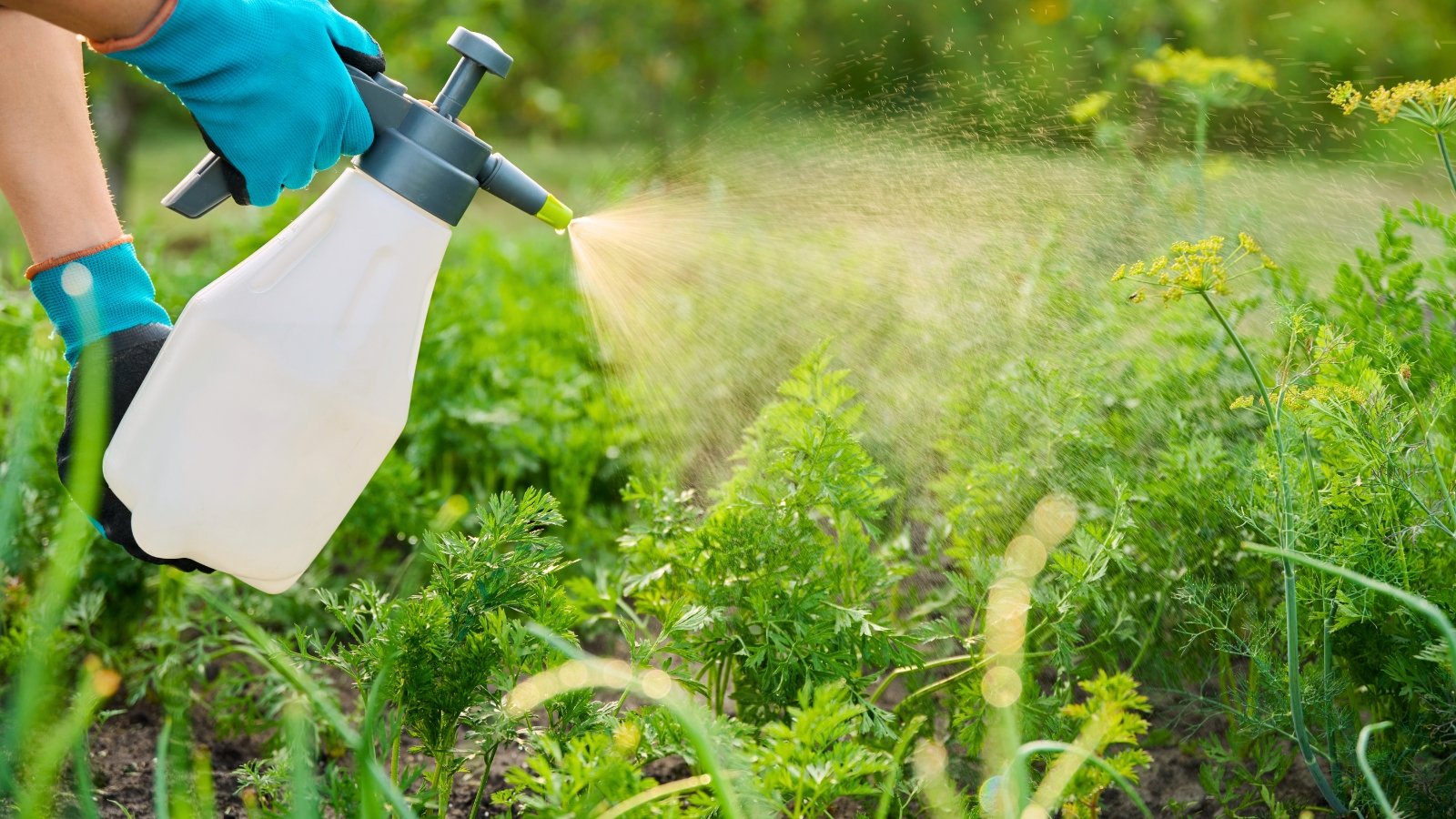

Broad-spectrum pesticides are designed to kill the entire thing. The label “broad-spectrum” actually means “surroundings pleasant in opposition to an infinite number of organisms.” These merchandise are terribly dangerous. Reverse to simple notion, broad-spectrum pesticides actually create further pest factors! You positively ought to steer clear of this error in case you need to cease combating so many pests.
Each pest in your yard has pure predators. Insect pests are often on the underside of the meals chain—they eat our vegetation, and one issue else eats them. Predators like ladybugs, hoverflies, lacewings, spiders, and parasitic wasps are absolutely important for sustainable pest administration. Sadly, each time you spray a broad-spectrum insecticide, you is more likely to be furthermore killing your predator allies!
Insect Resistance


As rapidly as a result of the predators are gone, the pests come as soon as extra with fairly extra vengeance. Like rabbits in suburbia, there aren’t any predators left to eat them! Throughout the event you spray as quickly as further, likelihood is excessive you’ll briefly knock as soon as extra the pest inhabitants as rapidly as further, solely to hunt out that it turns into stronger.
Frequent pesticide options actually create stronger pests. This phenomenon typically known as “insect resistance.” On account of pests reproduce so quickly, they will rapidly flip into proof in direction of constructive chemical compounds. There are pesticide-resistant mosquitoes, aphids, potato beetles, moths, and even home flies.
Repeated options of chemical compounds set off the pests to steer clear of the toxin or evolve mechanisms to metabolize the chemical, lastly making the pesticide ineffective. In quite a few phrases, you’ll be able to protect spraying, nonetheless they flip into immune. Insecticide resistance is a crucial world agricultural concern that ends within the utilization of more and more harsh chemical compounds. You most likely can steer clear of it altogether by merely ditching artificial pesticides.
Completely totally different Major Errors


Analysis reveals that insecticides usually are often overused or misused by householders. Improper utility, storage, and security measures (which we’ll uncover beneath) are main dangers to your loved ones members. It is regular data that pesticides are unhealthy, nonetheless most gardeners don’t uncover how these chemical compounds can actually make pest elements worse.
Completely totally different factors with pesticides are far too pretty a few to elucidate on this textual content, nonetheless you is more likely to be greater than probably already conscious about loads of them. Along with killing insect predators, essential elements with pesticides embrace:
- Killing pollinators like bees and butterflies
- Contaminating soil and water
- Harming aquatic organisms
- Poisonous to non-target vegetation
- Pesticide resistance
- Dangerous to domesticated animals and wildlife
- Necessary scientifically-proven injury to human correctly being, together with short-term publicity and long-term opposed outcomes like most cancers and neurological sicknesses
What To Do As an alternative
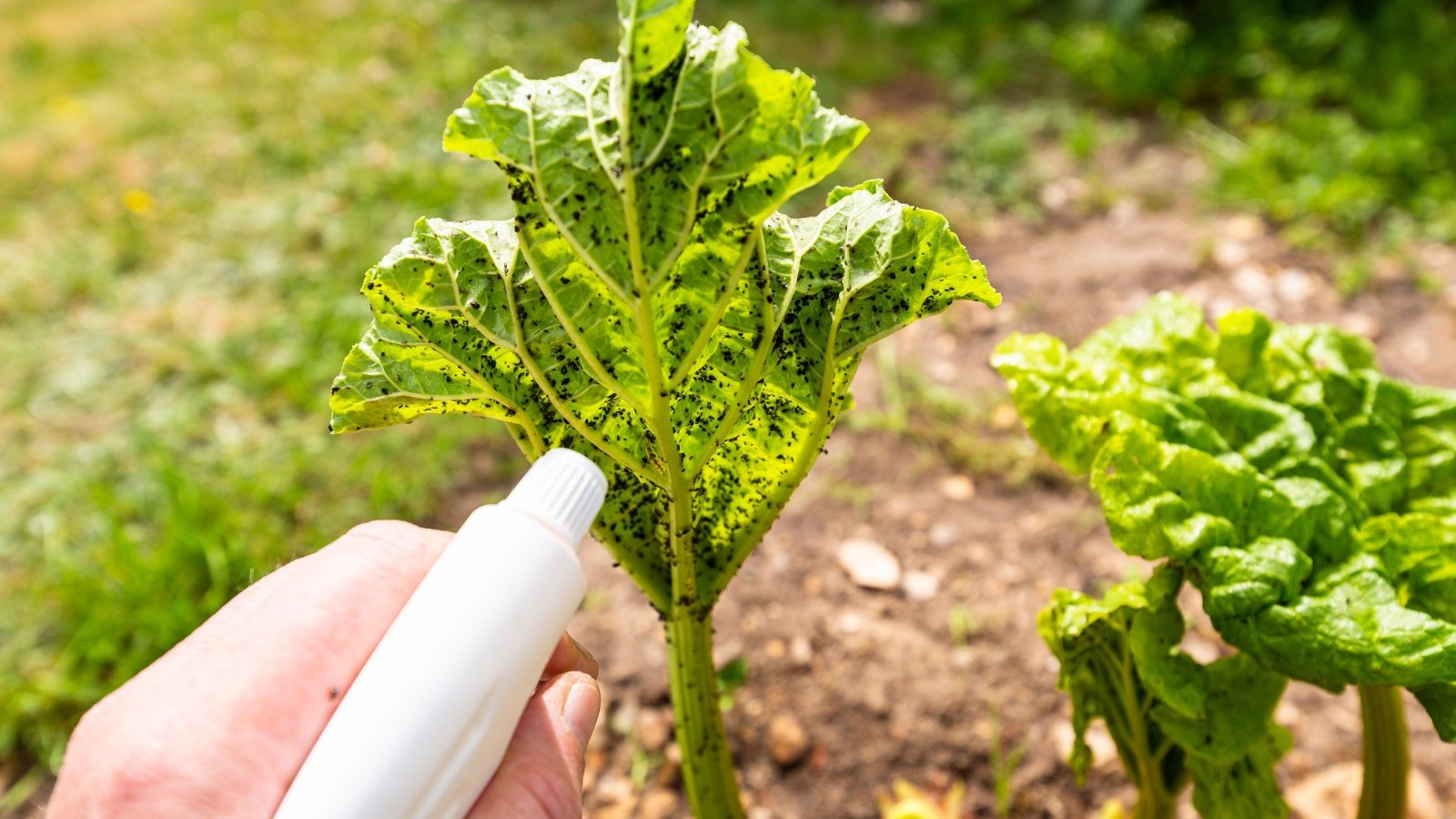

For individuals who need to cease utilizing chemical sprays, what decisions can you profit from to knock out an infinite pest infestation? Happily, there are fairly a couple of pure and non-toxic alternatives that gained’t injury you or helpful critters. As you is more likely to be establishing a preventative routine, you must nonetheless want to make use of constructive sprays to chop as soon as extra on pest populations.
The favored pure spray is neem oil. This organic-approved pesticide is certainly constructed from the seeds and fruit of a tropical tree typically known as the neem tree. Neem bushes naturally create pest-deterrent compounds (considerably, azadirachtin). These compounds flip into concentrated when pressed into an oil.
Neem oil is the right for controlling:
- Aphids
- Whiteflies
- Spider mites
- Fleas
- Japanese beetles
- Leafhoppers
- Thrips
As a bonus, neem oil helps forestall and kill fungal pathogens to gradual the unfold of sicknesses. Furthermore, neem is biodegradable and doesn’t injury the soil. It might most likely even assist earthworms! When used appropriately, neem doesn’t injury helpful bugs as rapidly as a result of it dries. As all the time, you must undoubtedly rigorously examine bundle deal deal directions and dilute the oil ahead of making use of.
Horticultural oil is one totally different compound which is able to knock out aphids, flea beetles, whiteflies, spider mites, and the larvae of many pests. Oils work by smothering the bugs and stopping them from respiration or metabolizing. Resulting from this they’ve to instantly contact the pest to be surroundings pleasant.
A fogger or spray bottle are good alternatives to confirm even distribution of the product. Spray these pure compounds immediately over a pest-infested leaf, taking care to have a look at particular bundle deal deal directions.
Mistake: Rising a Monoculture


Monoculture means planting a ton of the very same crop in a single concentrated home. That is commonest on industrial farms the place 1000’s of acres of corn or soy cowl the panorama. The shortage of biodiversity makes it further simple for pests to hunt out their host vegetation. It furthermore makes it simpler for specialist pests to unfold.
Specialist bugs are these with a essential goal plant or plant household. For example, tomato hornworms primarily assault tomatoes, nonetheless they will furthermore assault nightshade household cousins like peppers and tobacco. Throughout the event you develop an infinite clump of tomatoes and their kinfolk in a concentrated home, it’s simpler for the five-spotted hawk moth (the grownup stage of the tomato hornworm) to hunt out vegetation to position its eggs.
Monoculture furthermore occurs with certain types of vegetation. For example, in case you solely develop one sort of kale, there’s lots a lot much less choice all through the plot. This permits pests to unfold sooner. Aphids quickly leap between vegetation and conceal all through the curly leaves of curly kale varieties. A blended kale mattress of ‘Crimson Russian,’ ‘Siberian,’ and ‘Nero Toscana Lacinato’ is much a lot much less susceptible to be infested due to there’s a variety of genetics and plant defenses.
What To Do As an alternative
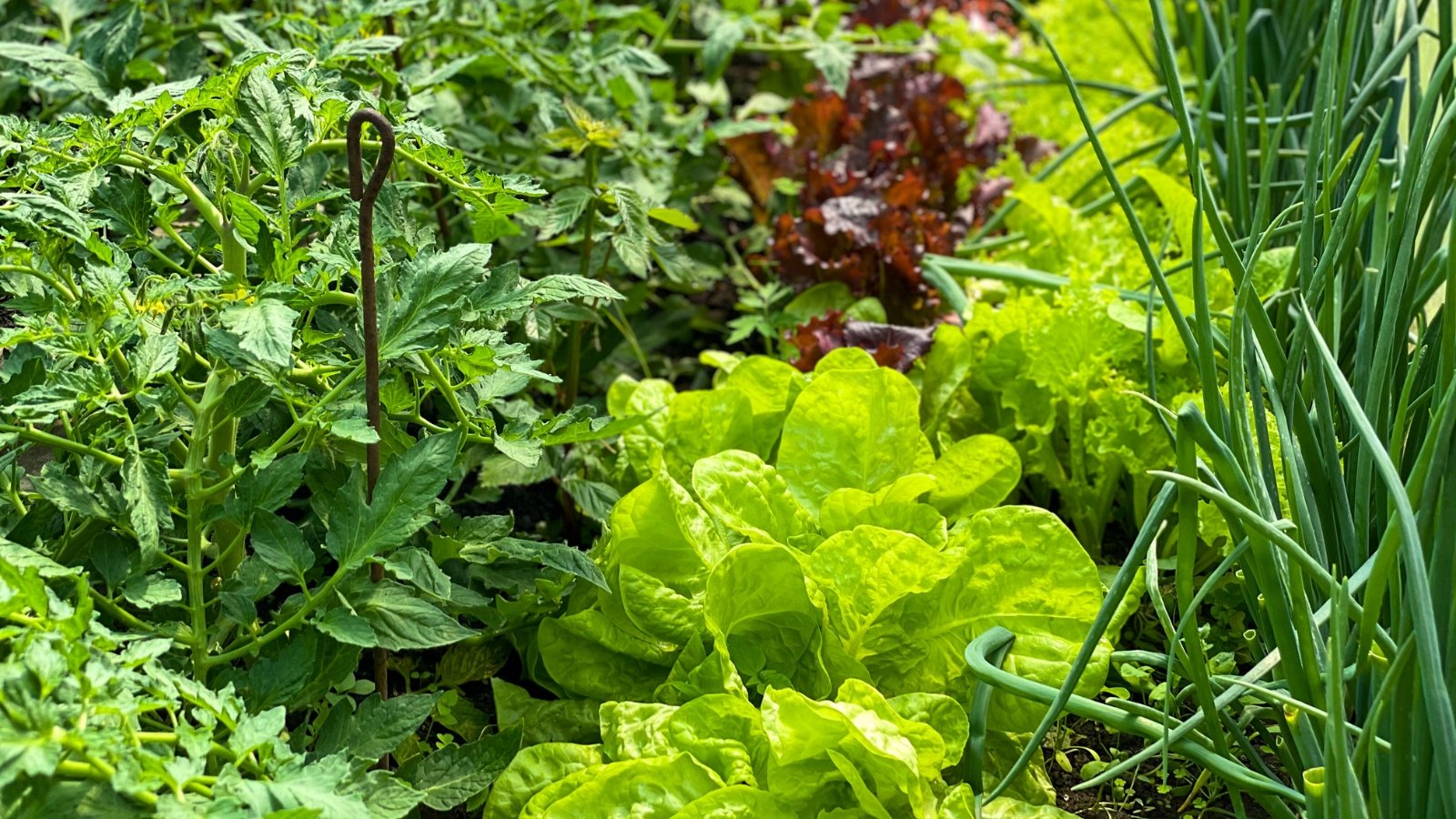

Diversified plantings are confirmed to be further resilient in opposition to pests and sicknesses. Take into accounts that you’re a Colorado potato beetle flying over a yard. If there is a large home of dozens of potato vegetation, it might seemingly be very simple to odor them, land on them, and begin consuming. In distinction, the beetles may want further disadvantage discovering their host in a diversified yard interspersed with a number of greens and flowers.
To diversify, begin practising companion planting or interplanting. This observe entails strategically planting many various types of vegetation inside the same beds. Earlier pest administration, it furthermore has many advantages, like saving dwelling, enhancing pollination, and bettering complete yields.
Don’t concern; you’ll be able to nonetheless protect vegetation collectively to make harvesting simple. For example, likelihood is excessive you’ll develop a row of lettuce subsequent to a row of tomatoes. The dappled shade of the tomatoes can defend the lettuce from bolting, and the lettuce gained’t compete with the tomatoes. Each crops will nonetheless be simple to efficiently harvest, nonetheless they will be lots a lot much less inclined to pest infestations due to the variety of smells and genetics deters bugs.
Better nonetheless, add in some marigolds or white alyssum to spice up pure predatory pest administration!
Mistake: Relying Solely on Sprays
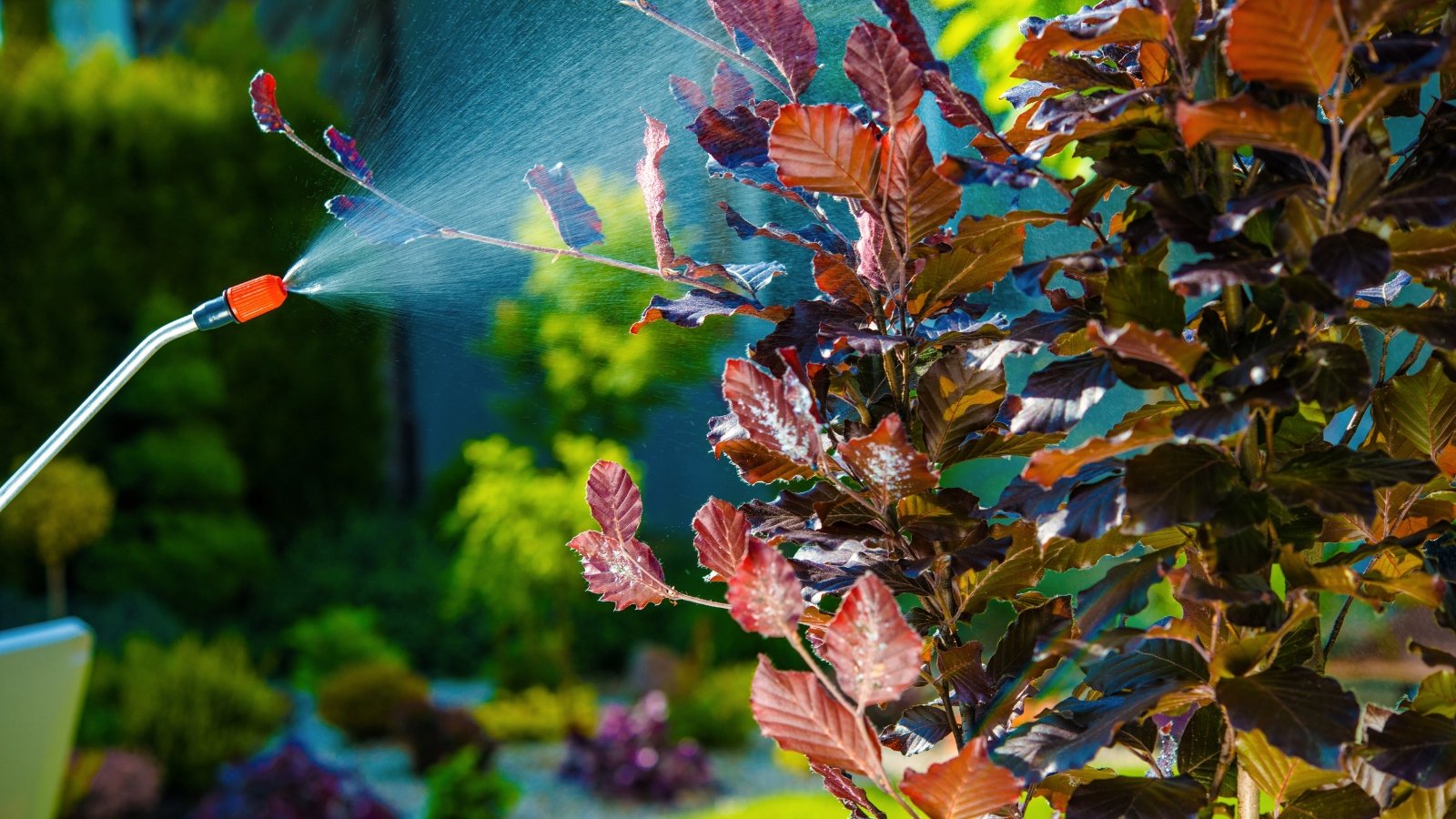

Pesticides—even pure sprays—mustn’t the one reply to your pest woes. It’s a large mistake to rely solely on these merchandise to knock out bugs. As we talked about above, bugs can merely flip into proof in direction of sprays which are utilized again and again. This even incorporates pure sprays!
A diversified toolbox is essential to staying on prime of pest populations! That is the one attainable method for people to outsmart pests. The bugs will uncover any approach they will to eat their favourite meals. However gardeners can use intelligent strategies to suppress, deter, and exclude the bugs from their host vegetation.
What To Do As an alternative
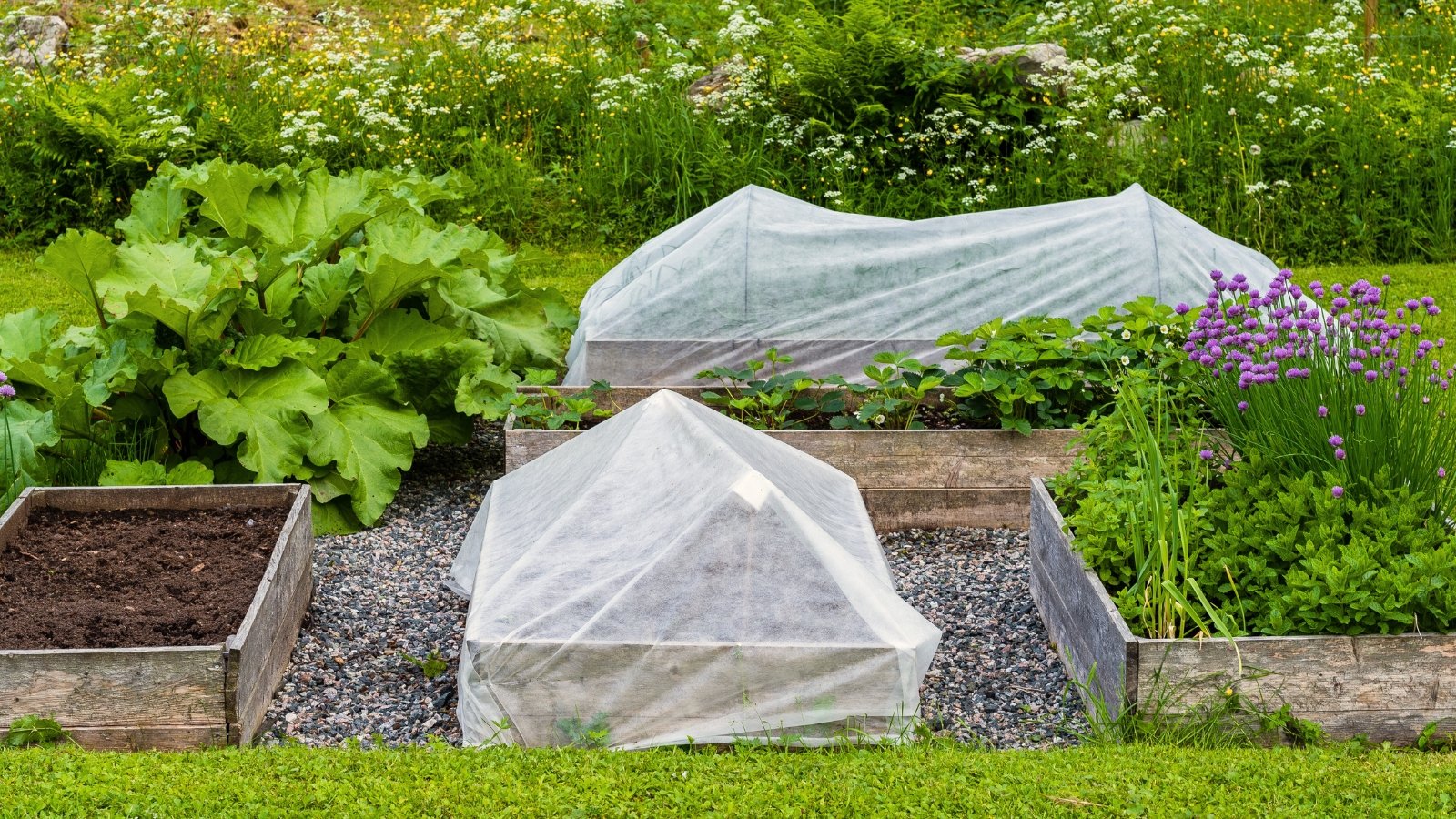

Bodily obstacles are terribly surroundings pleasant non-chemical technique of pest administration. Row cloth (aka row cowl) is an agricultural textile that retains pests out whereas enhancing crop enchancment. Water and daylight can nonetheless penetrate by the woven textile. Better nonetheless, the row cowl helps protect youthful seedlings cozy and heat by spring nights. It is a essential instrument utilized by pure farmers nonetheless underutilized in dwelling gardens.
Row cowl is my favourite technique of pest prevention for youthful brassicas like turnips, arugula, and radishes. After immediately seeding these crops, instantly put a row cowl over them. The seeds will germinate rapidly and income from further even moisture beneath the material.
You most likely can “float” row cloth immediately over a crop. This implies it rests on prime of the leaves. Alternatively, you’ll be able to assemble low tunnel hoops with wire, steel, or PVC. The material must be secured with simple (not sharp) objects like sandbags, rocks, or clamps. It’s attainable you’ll ought to take away row cloth after constructive crops like zucchini or tomatoes get bigger and begin flowering. Pollinators can not entry the blossoms beneath row cowl.
Insect netting is one totally different dependable different. Some fine quality nets protect even the smallest thrips and flying bugs out of your beds.
Understand that bodily obstacles solely work on flying pests. Deterrents for soil-dwelling pests embrace:
Dry powder sprinkled spherical vegetation to dehydrate slugs and snails.
Pure producers use pellets to bait and kill slugs.
One totally different commonplace slug baiting methodology makes use of a tupperware full of low-cost beer and buried at flooring diploma so the slugs fall in and drown.
Interplanting with marigolds suppresses root-knot nematodes of their second season.
Plant protectors product of cardboard or plastic can defend the underside of youthful vegetation from cutworms.
Mistake: Making use of Sprays Noon
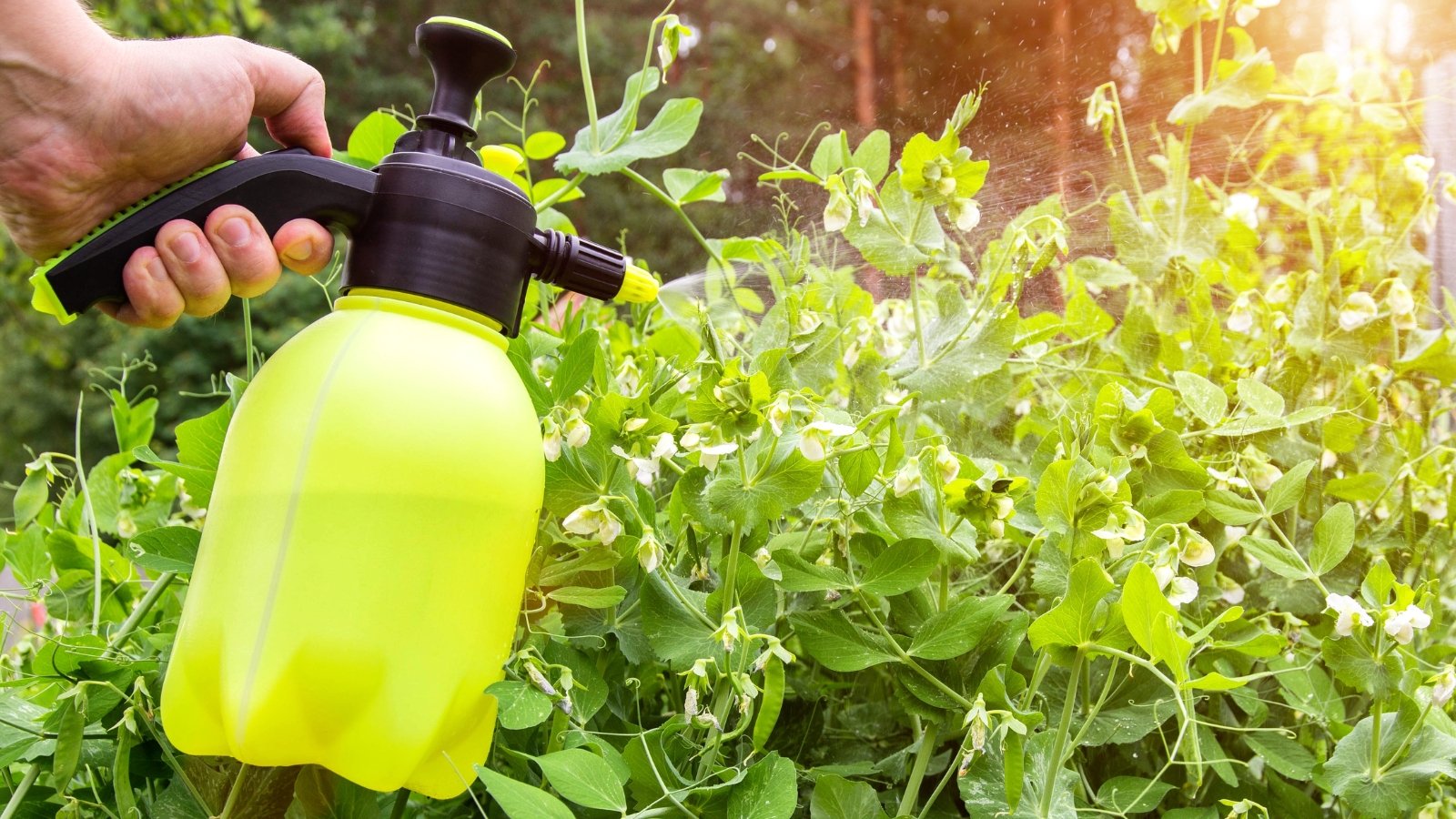

For individuals who’ll use pesticides or pure sprays, will probably be essential that you simply simply apply them on the right time. Many gardeners mistakenly spray chemical compounds in the midst of the day. It would scorch plant leaves and expose important helpful bugs to the compounds.
Bees, butterflies, and completely totally different pollinators are most energetic when the picture voltaic is out. Throughout the event you apply a pesticide all through the afternoon, it’s further inclined to hurt the “good man” bugs that you simply simply’re making an attempt to guard. Many chemical compounds furthermore flip into lots a lot much less surroundings pleasant in scorching, sunny native climate.
What To Do As an alternative
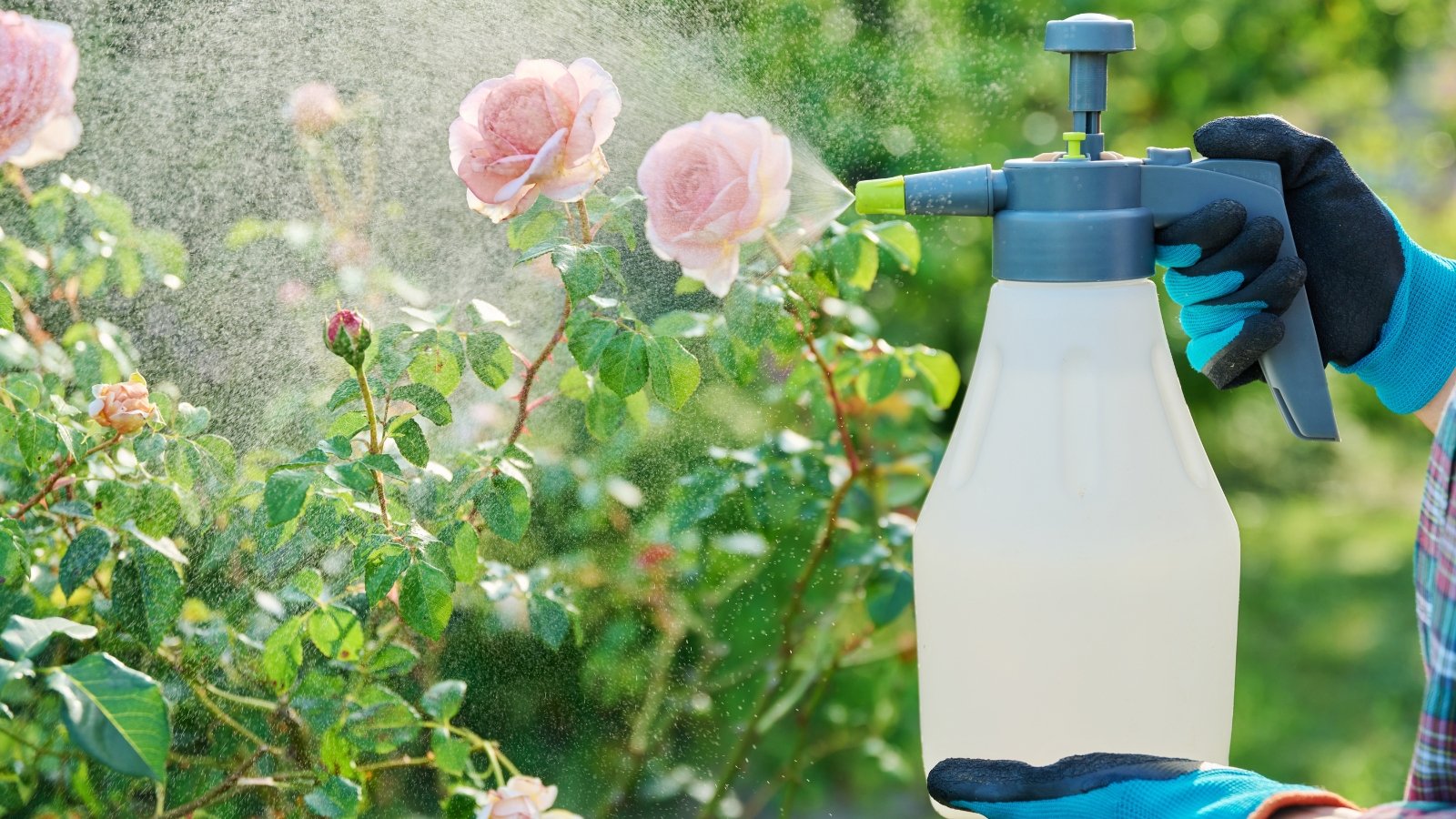

All the time observe bundle deal deal utility directions. Many merchandise should be utilized all through the cooler components of the day, very like early morning or late all through the night. It would seemingly be useful for specializing in nocturnal pests whereas avoiding injury to the pricey pollinators.
Mistake: Making use of Pest Administration With out Defending Devices
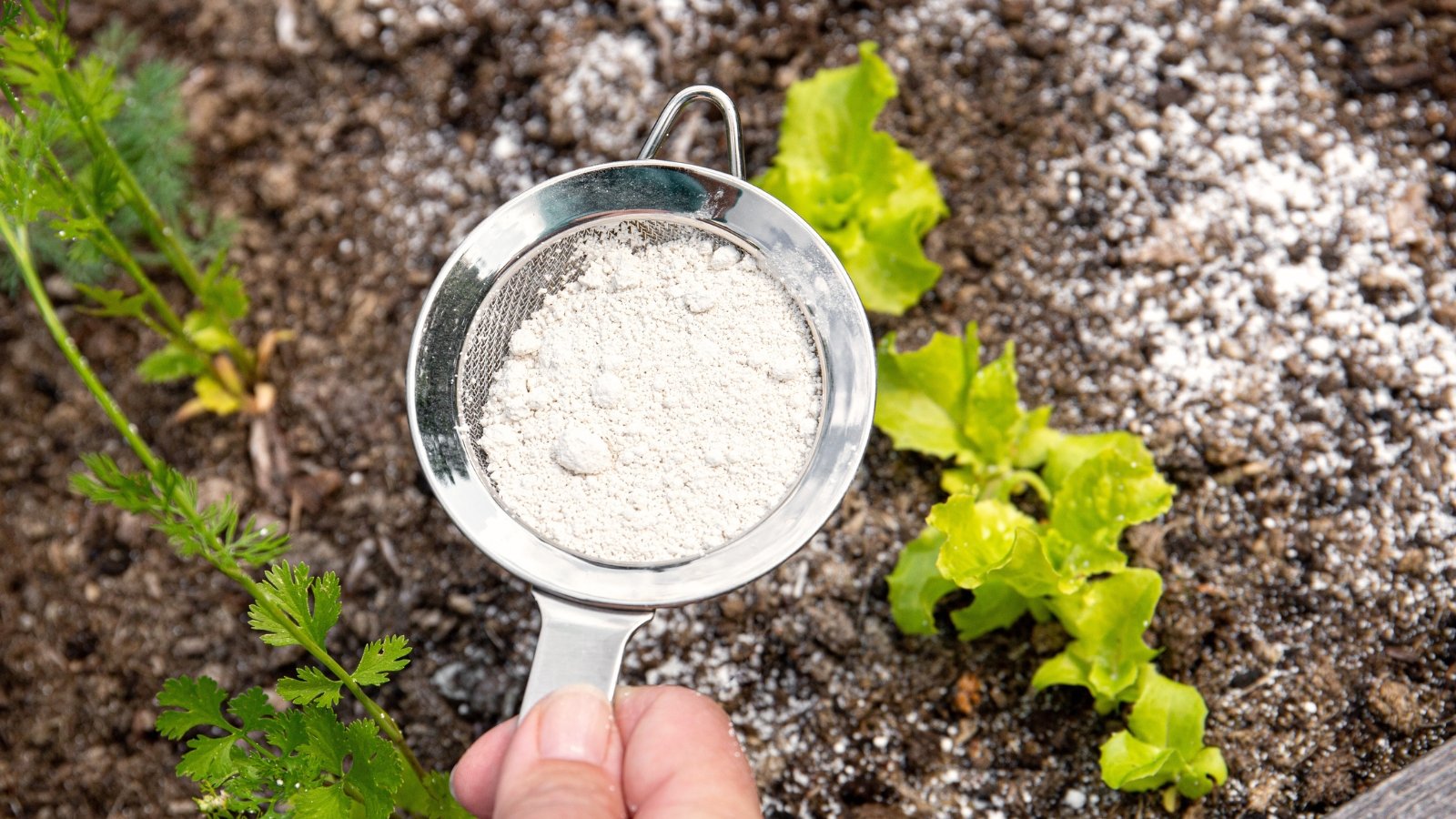

One factor which is able to kill bugs can clearly have an effect on human correctly being. We’re all a part of nature! Not all pesticides are as carcinogenic and poisonous as notorious chemical compounds like DDT or Agent Orange. However it is vitally important to guard your self and your loved ones members in case you resolve to utilize any sort of pest administration product to your yard.
Householders are perhaps primarily essentially the most inclined to pesticide poisoning due to they don’t pay money for the instructing {{{of professional}}} applicators and farmers. Furthermore, analysis reveals that many householders don’t absolutely examine labels and have a tendency to make the most of merchandise in additional concentrated varieties with out dilution. We all the time need our Epic household to be cautious when making use of 1 factor to the yard!
Even all-natural merchandise pose minor correctly being dangers. For example, diatomaceous earth is a benign, non-toxic provides product of historic fossilized algae. Nonetheless, the powdered form of diatomaceous earth can nonetheless be dangerous to inhale. You don’t need to dump a bunch of this powder in your vegetation and by likelihood inhale the microscopically sharp particles.
What To Do As an alternative
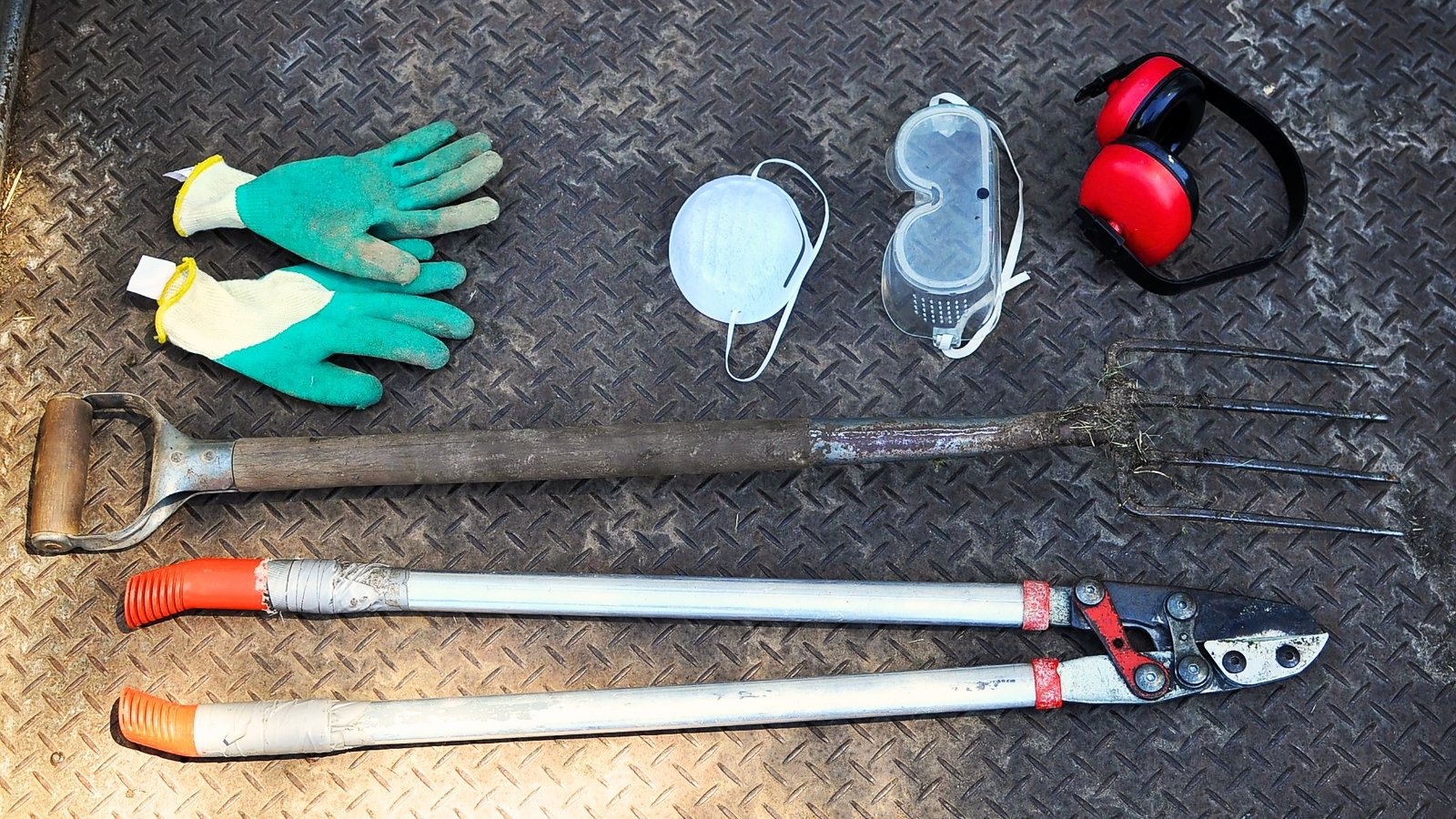

All the time have PPE (personal defending gear) obtainable. A typical N95 face masks and gloves are useful, and goggles or extended sleeves are essential for some merchandise. Try to steer clear of making use of chemical compounds every time potential. Be sure you protect kids and pets out of the realm for 24-48+ hours after making use of 1 factor with dangerous components.
Additionally it is terribly important to clean your crops ahead of consuming. Throughout the event you apply Bt or neem oil to your kale leaves, it is perhaps biggest to wash them ahead of consuming. These merchandise mustn’t thought of poisonous to people in small components, nonetheless you proceed to don’t need to eat them. Neem oil furthermore smells fairly funky.
I’ll reiterate: Pure merchandise mustn’t almost as dangerous as artificial chemical pesticides. Nonetheless, they will nonetheless pose dangers when used or utilized improperly. All the time examine the label and take precautions. Throughout the event you don’t need to use scary merchandise, go for pure controls and handbook methods! Gardening should be satisfying, not harmful!
Closing Ideas
Even perhaps primarily essentially the most professional gardeners usually make pest administration errors. The goal of pure rising is to maximise ecological pest administration so we don’t should make use of artificial chemical compounds. This begins with preventative measures like crop planning, diversification, pest monitoring, plant eradicating, and bodily obstacles. You’ll too plant flowers like white alyssum and marigolds to draw helpful predatory bugs and deter “unhealthy man” pests.
It’s critical to steer clear of broad-spectrum pesticides and chemical compounds that upset the pure ecology of your yard. These sprays may set off further injury than good.
Most significantly, all the time defend your loved ones members’s correctly being when utilizing any form of pest administration. Remember that even pure merchandise have dangers. Observe product directions, dilute when essential, and use defending gear when making use of pesticides.
[ad_2]
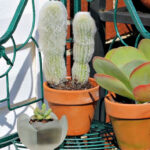





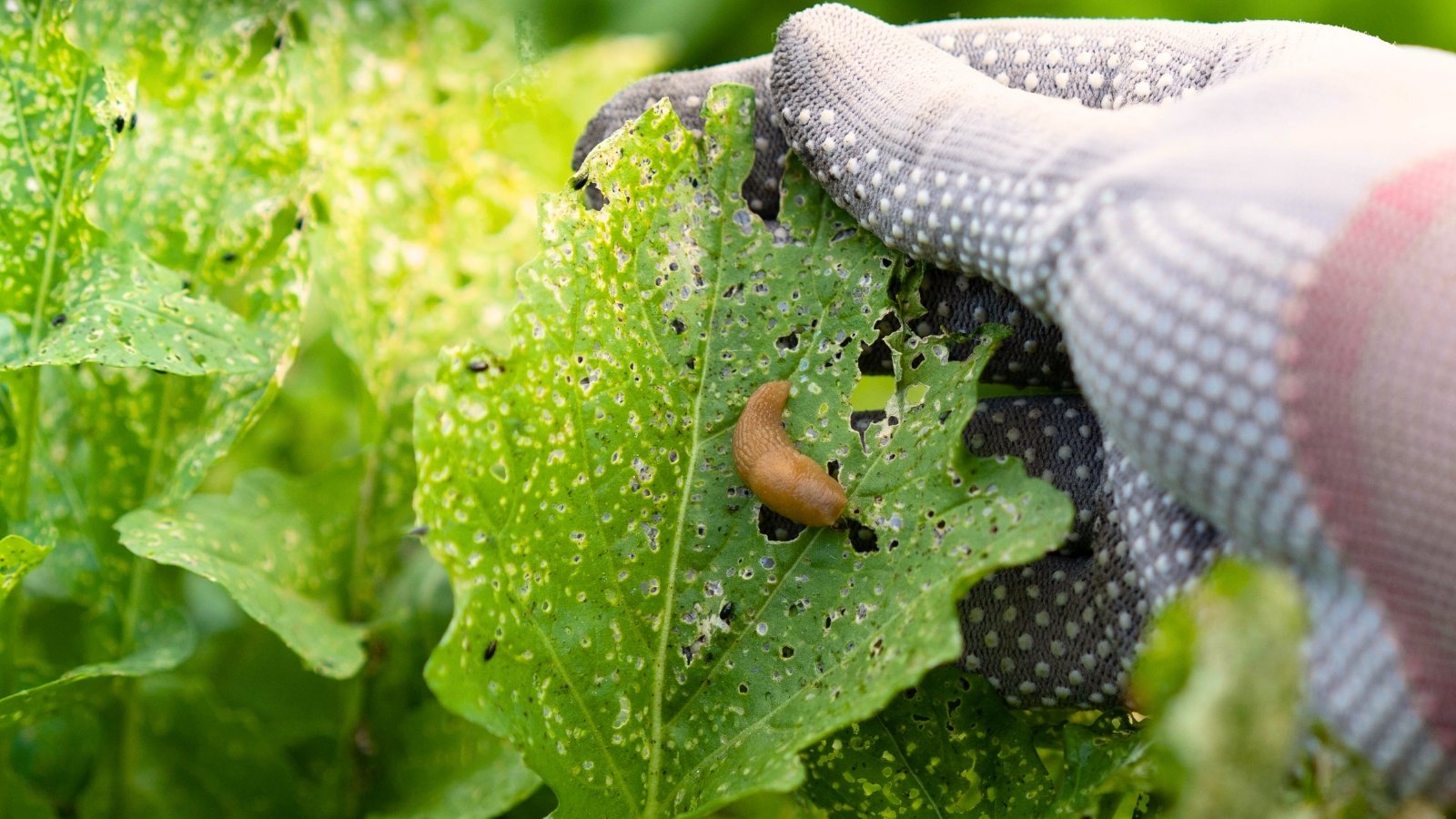

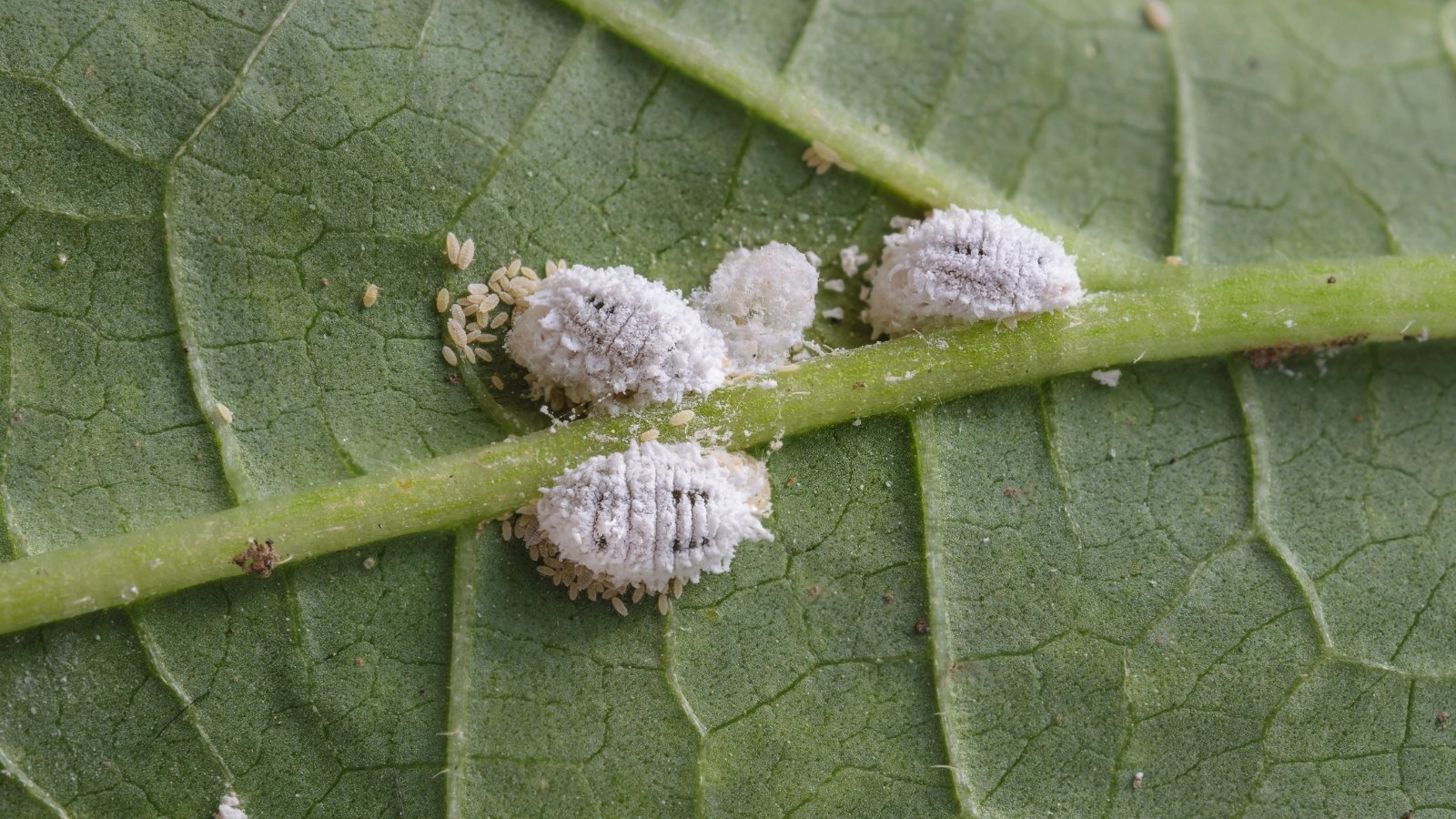

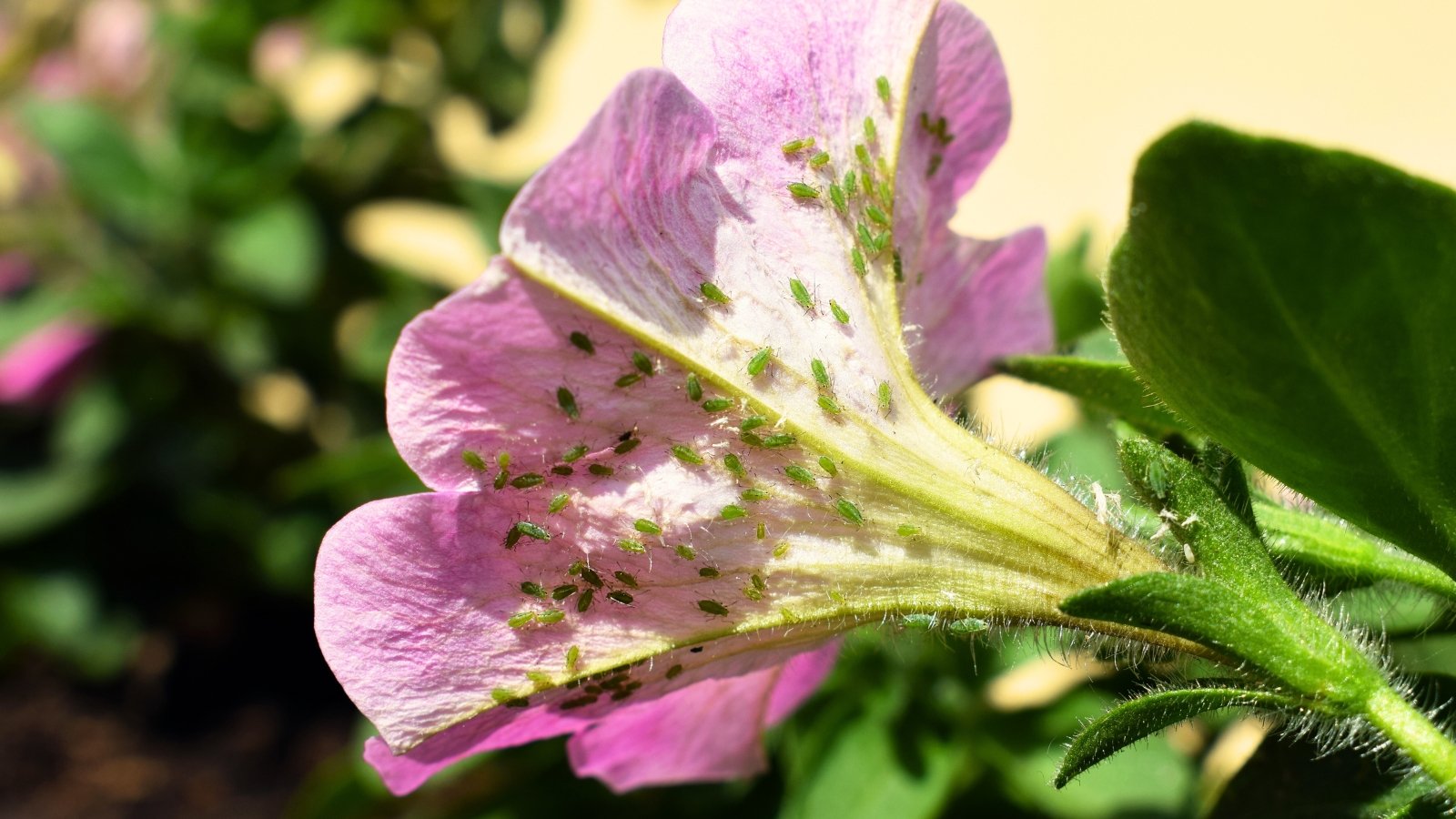
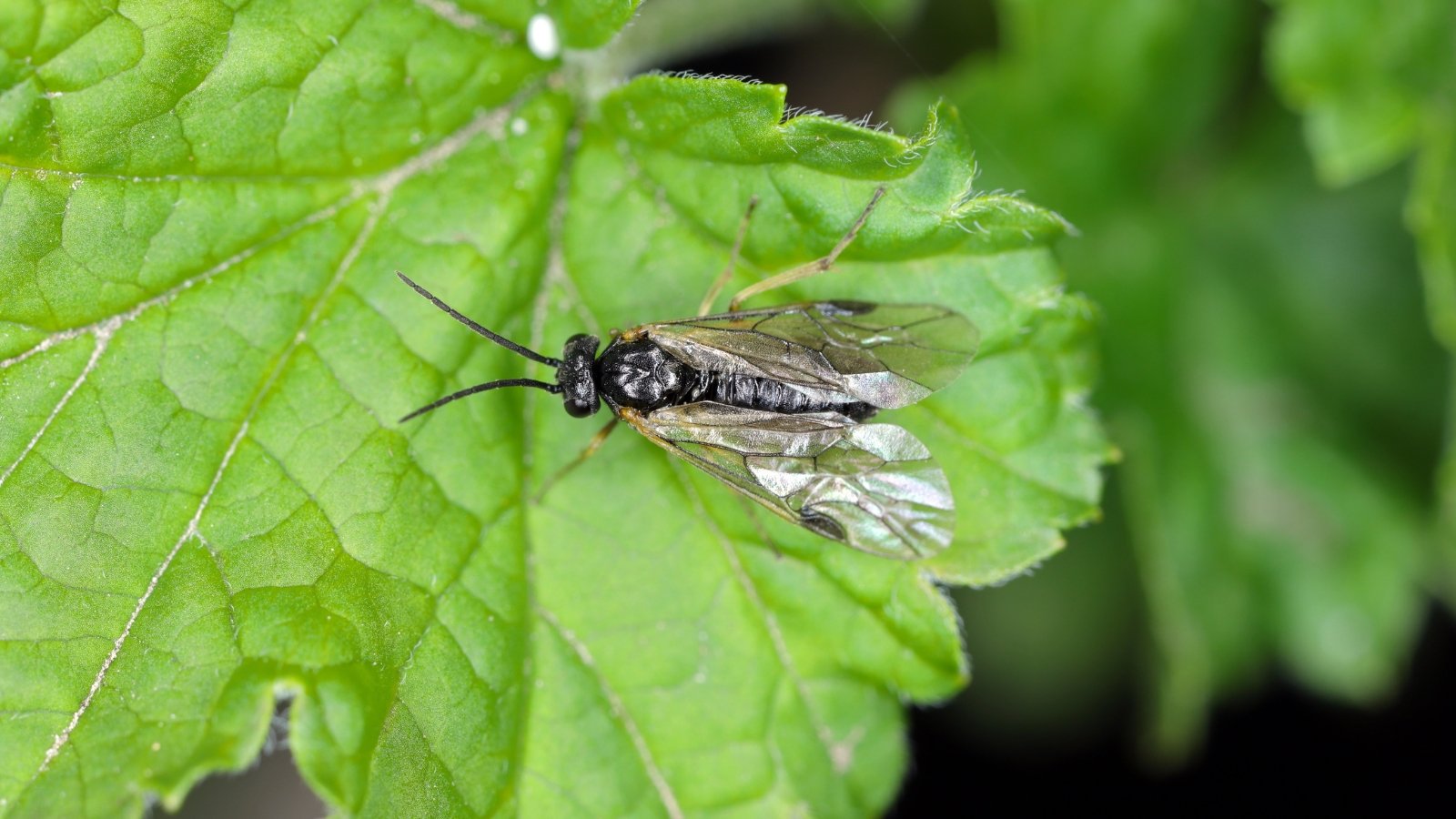
This article presents some valuable insights into sustainable gardening practices. I appreciate the emphasis on proactive pest management rather than reactionary approaches, which can lead to larger issues down the line.
It’s insightful how this piece addresses the misconceptions around chemical pesticide use. Education about safer alternatives and organic practices is vital for anyone looking to maintain a thriving garden sustainably.
I found the section about companion planting quite interesting. It’s a practical tip that not only helps with pest control but also promotes a healthier garden environment overall, which is often overlooked by new gardeners.
The article highlights several common mistakes made in pest management, especially the importance of early intervention. Regular monitoring can truly make a difference in maintaining a healthy garden throughout the season.
The discussion on broad-spectrum pesticides is particularly important. It’s crucial for gardeners to understand that these chemicals can have long-term negative effects on the ecosystem, including harming beneficial insects.